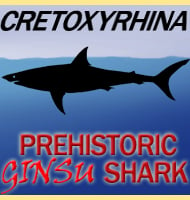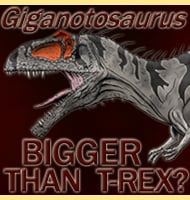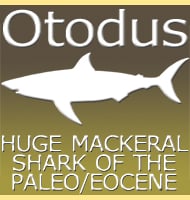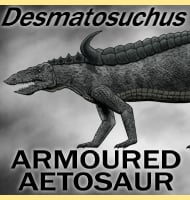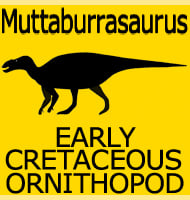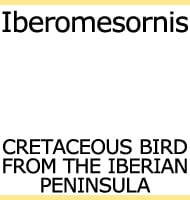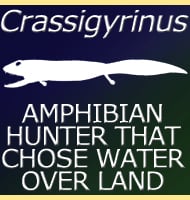In Depth
A very fascinating discovery, Caelestiventus has helped add to our knowledge of Triassic age pterosaurs greatly. Most Triassic age pterosaurs are known from relatively incomplete remains so one with has skull and jaw material like Caelestiventus is rare indeed. The Caelestiventus holotype fossil is also among the first discovered in North America, most others at the time of the genus description are known from Europe with the exception of Arcticodactylus which was found in Greenland.
Caelestiventus is also one of the largest known Triassic pterosaurs, and one that lived in what would have been a desert environment. This pushes back the known temporal envelope for some pterosaurs living in desert environments back a further 65 million years than previously known. This also helps prove that pterosaurs were diversifying to adapt to different ecosystems as far back at least the late Triassic, maybe earlier.
Further Reading
- Caelestiventus hanseni gen. et sp. nov. extends the desert-dwelling pterosaur record back 65 million years. - Nature Ecology & Evolution. 2 (9): 1386–1392. - B. B. Britt, F. M. Dalla Vecchia, D. J. Chure, G. F. Engelmann, M. F. Whiting & R. D. Scheetz - 2018.

